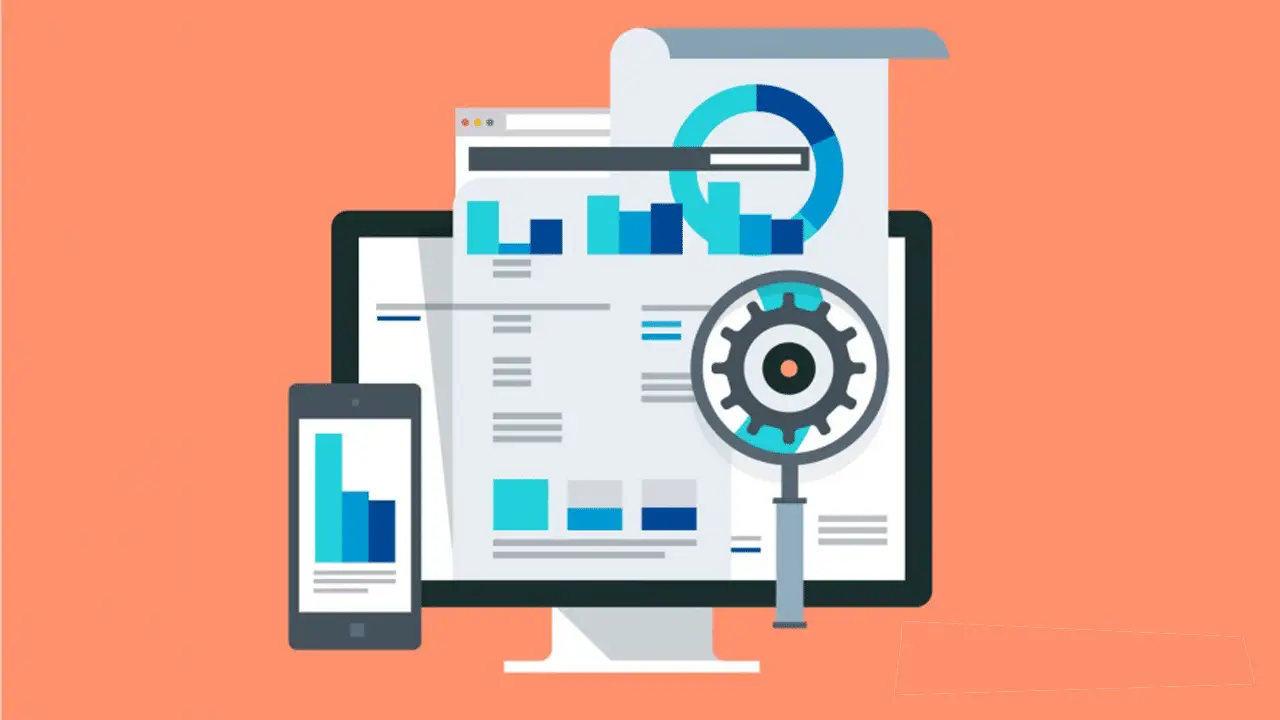The Internet of Things has arrived to revolutionize everyday life: from the home to the factory, intelligent machines and objects are becoming more and more common.
Mainly in industries, IIoT (Industrial Internet of Things) has played a central role in transforming devices into powerful tools, capable of optimizing the entire production chain.

IIoT and the context of smart factories
Internet of Things (IoT) is the name given to the technology that allows the connection and transmission of data between objects and machines. It can be present in cars, buildings, furniture, appliances and even in industrial equipment, such as assembly lines, robots, machines, pumps, mixers and ovens, among many others.
When applied to industry, the Internet of Things becomes the Industrial Internet (IIoT). In so-called “smart factories”, this technology gives machines the ability to collect and transmit information to promote advanced data analysis.
In recent years, the adoption of IIoT has proved decisive for industries. With it, it is possible to develop faster and more efficient systems, capable of monitoring, collecting and analyzing fundamental information for quick and accurate decision-making. And, of course, optimize the entire industrial process.
No wonder, the investment in IOT development services is already significant: 86% of industries are already deploying, at least to some extent, IIoT devices, systems and solutions.
8 IoT technologies you already use every day!
Believe it or not: at least in numbers, the Internet of Things – IoT – is already more popular than smartphones. Worldwide there are 8.4 billion machines with the capacity to connect to each other, against 2.1 billion cell phones. And more: the projection is that this number will grow exponentially in the coming years, driven mainly by the arrival of 5G.
If you found this information strange and wondered how something you’ve never seen could be so popular, we have some news to give you: in fact, you certainly use (a lot!) this technology in your day-to-day.
8 objects already use IoT technology
Currently, most people who have a smartphone and access to the Internet use at least some IoT process or device. These are some examples that are already present in our daily lives:
- Card machine
- Smart TVs
- Apple Watch
- Security apps
- Smart lights
- Traffic apps
- Health apps
- Fitness wearables
Challenges that arise with IIoT
Like any innovation, IIoT brings with it challenges, generating doubts and fears at all stages of the production chain.
In 2019, the World Economic Forum released the report “Industrial Internet of Things: Unleashing the Potential of Connected Products and Services”. As part of the survey, the working group interviewed leaders, pioneers and people interested in the topic of the Industrial Internet.
With regard to the challenges and risks of the new technology, these were the main concerns expressed by industry professionals:
- Lack of a business model that has already been tested and approved effectively and safely;
- Possible need for a complete break with the business models adopted so far;
- Fear of cyber attacks and personal data theft;
- Concern about a possible replacement of workers by machines;
World Economic Forum recommendations for these challenges
In this sense, the World Economic Forum report proposes a series of recommendations for each of the areas involved in the implementation of the IIoT. From them, the study says, it is possible to seize short-term opportunities, accelerate the development of IIoT and then capitalize on long-term structural change.
Check out the recommendations here, divided by each sector involved and/or interested in the implementation.
Technology providers
Technology providers should start creating security best practices primers. These inventories should be shared and, ideally, could even become global safety standards.
It is important that the technology provider industry actively take part in the technology development in order to prove how solutions created by different groups can work together.
In addition, the report advocates that these companies pay attention on brownfield innovations, becoming able to support current tools in the field and reassure the market by presenting success stories.
Technology users
Organizations that use or are considering adopting IIoT, in turn, must start by reorienting the general lines of their business strategies, in order to make the most of the latest advances in the industrial Internet.
The second step is to identify partners in this new ecosystem, analyzing whether the platforms developed by them can be used or whether there is a need to create new platforms.
Finally, the report recommends that companies that have not yet implemented IIoT should recognize a couple applications of this technology that are relevant and can point to future paths. These applications should be tested for six months to encourage the learning required for full implementation. It’s what we call IIoT adoption in sprints.
Public policy creators
Those with the power to make public policy must examine again and update data protection policies with the aim of optimizing the flow of data across borders.
The report also recommends that current regulations regarding the consumer goods and health care industries be revised and improved to boost investment and the acceptance of new digital procedures.
In emerging markets, public policies should encourage increased government investment in digital infrastructure.
The report also recommends that policy makers learn more about the social and political implications of IIoT, acting in defense of applications of this technology with high potential, such as smart cities.
Union of stakeholders
According to the report, all parties interested in implementing the IIoT must work together. Industries, technology providers, government and academia must collaborate over the long term to solve key technology challenges associated with security, inoperability and systemic risk management.
These industries must conduct enlightening projects that demonstrate the actual advantages and increase the popularity of the industrial Internet among the mainstream audience.
They must also implement new training, programs and political incentives for workers and employers that encourage the re-skilling of high-demand job categories.

























